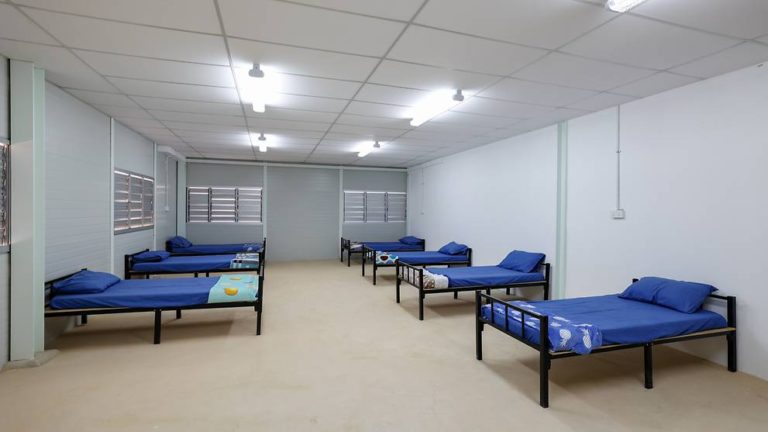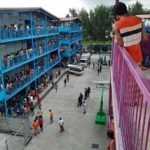Dormitory Requirement Reforms for Better Living Conditions

During the Covid-19 outbreak, a spotlight has been shone upon the conditions under which male migrant workers, particularly those in the construction sector, live and work. As Singapore takes cautious steps to restore normal economic life, there is an opportunity to look again at policies that affect their rights and well-being for dormitory requirement.
There is widespread agreement that action has to be taken to prevent another epidemic from spreading rapidly among migrant workers. Singapore has made efforts over decades to encourage the adoption of labour-saving technologies, but the hard fact is that there are some jobs from which it is hard to displace people, and these include many in construction, cleaning, repair and maintenance, landscaping, care work and retail. Innovation has made these sectors less labour-intensive than they would otherwise have been, but workers are still required to enable them to function efficiently. Many of them are migrant workers.
The decision to build new migrant worker dormitories to reduce the current living densities following the spread of COVID-19 at these facilities is a step in the right direction. In light of the current situation, the key consideration observed in the new standards are the safe distancing measures to provide better protection for the migrant workers residing there. But even with new dormitory requirement that have improved living space, there are other aspects to living conditions which could be considered.
As part of long term arrangements to help migrant workers, the authorities announced last week plans for new purpose-built dormitory requirement with improved standards over the next few years to house up to 100,000 workers.
Before that, the Government aims to pilot the improved set of standards at temporary Quick Build Dormitories (QBDs) first, including more living space per resident, a smaller occupancy in each room, fewer workers sharing wet facilities, and more sick bay beds and isolation facilities.
Under the improved standards, there will be at least one toilet, bathroom and sink for every five dormitory residents. Previously there was a minimum of one set, with a urinal, to 15 beds. When the new standards are piloted, each resident will have minimum of 6 sq m of living space, up from the current 4.5 sq m. There will also be a maximum of 10 beds in a room when there were no limits previously.
Overall policy on accommodation should be directed towards raising its standard for workers. Also to be considered is dispersal among smaller housing blocs: This is plainly recognised by the Government as desirable. With an eye to both present needs and future trends, new accommodation for workers should be built to a standard that would allow its easy transformation, when employment of migrant workers in sectors such as construction does fall, into other uses such as residential accommodation for local people. Its durability and quality should ultimately make it work out to be less expensive than constructing more basic dormitory requirement that are expected to function for only a few years and that would have to charge higher rents in compensation.
But improvements in accommodation should be only one element in the reforms undertaken in the near future.
The flexibility allowing for workers to change employers and even sectors, introduced as a temporary measure, should simply be extended and normalised under the work permit system.
This encourages the retention of workers with skills developed in Singapore who have adapted to life here. It also helps to free them from less scrupulous employers’ coercion to hold them back from seeking time off when ill, complaining about lapses in safety standards or poor accommodation conditions, or protesting if told that they must pay money to have their contracts renewed – all things that are currently enabled, despite protective laws, by the right accorded to employers to fire and repatriate workers at will, and some of which can facilitate the undetected spread of disease.
It has been evident, even in the midst of the pandemic, that migrant workers are worried about having the money to support their families, and this drew the attention of many observers to their very low wages. After the outpouring of sympathy and support from much of the public for the workers confined to dormitory requirement, it should not be acceptable that pay levels continue to languish at levels that, in many cases, have not risen for 10 or 15 years.
Singapore does not have a minimum wage, but it has found ways to raise the salaries of lowly paid locals, including cleaners. It should do the same for migrant workers, stipulating a basic pay, without deductions, of $1,000 a month. The levy might be reduced to assist employers to manage this. It would likely lead to higher costs, but in the construction sector, this should not affect most Singaporeans who live in public housing, which are priced at levels within the Government’s control.
After all the solicitude expressed for the welfare of male migrant workers in the past, and the words of tribute to their role in building Singapore, reforms such as these ought to be made. It is the right thing to do.





